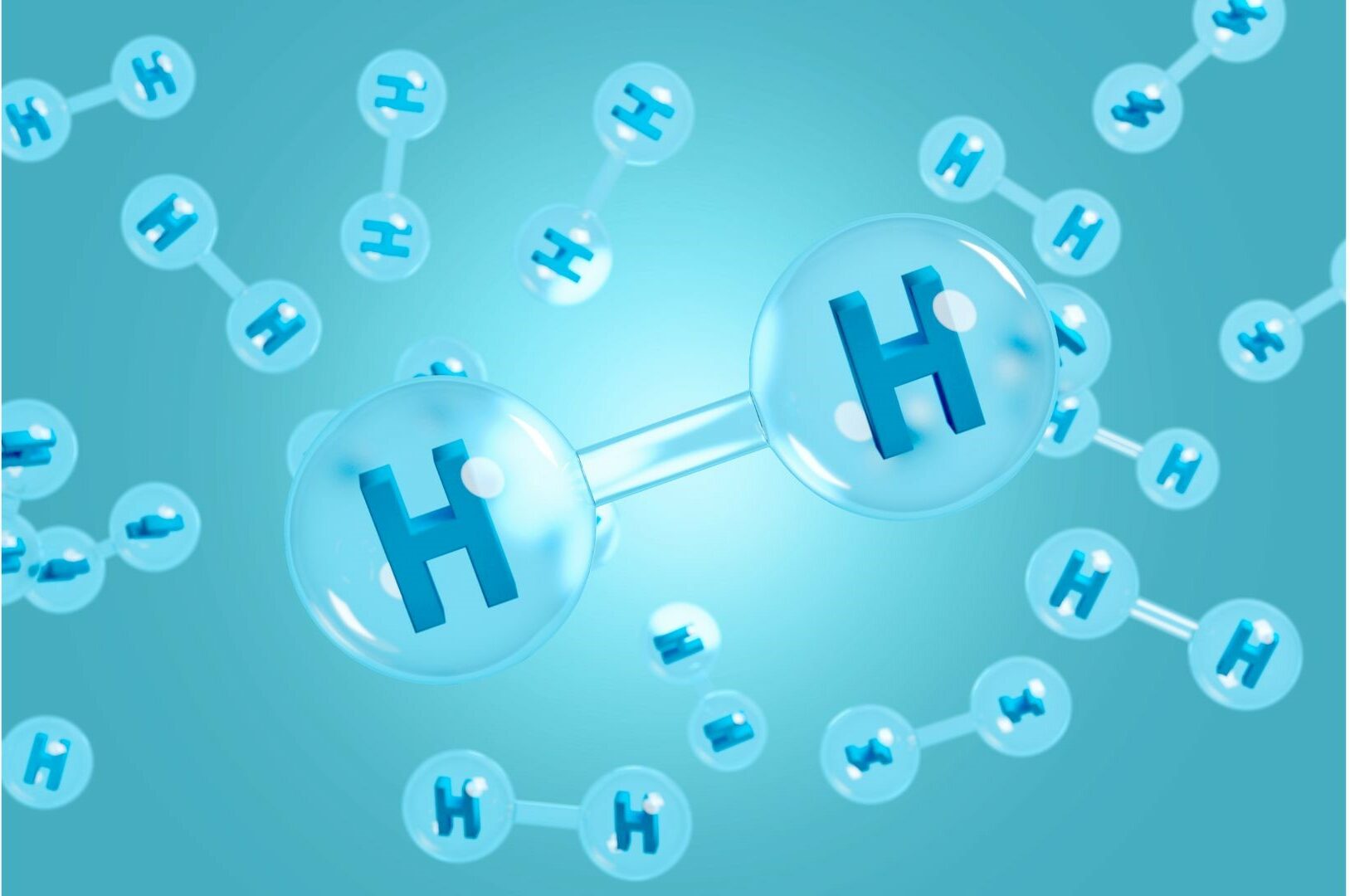Blue Hydrogen vs Green Hydrogen: What You Should Know
September 27, 2022
In response to the current climate crisis, many countries around the world have pledged to be net zero by 2050. In order to reach this goal, significant investment and a transition to cleaner energy production is needed globally.
Hydrogen is known as an essential energy carrier that aids the possibility of a decarbonised world. When producing blue hydrogen, methane is steam-reformed in natural gas, therefore emitting high levels of carbon dioxide. Due to the high emissions of carbon dioxide, there have been calls for low-emission hydrogen – termed green hydrogen – that is instead generated by electrolysis and is supported by renewable energy sources. The production and use of green hydrogen to aid in reaching net zero goals is gaining popularity as a major source of decarbonisation and promotion of a green energy transition around the world.
Whilst there are obvious benefits in the transition to using decarbonised hydrogen, there has been constant comparison between the different hydrogen production methods and their respective effect on the environment. So, here’s what you should know about blue hydrogen and green hydrogen.
What is blue hydrogen?
Blue hydrogen is produced from natural gas using steam-methane or auto-thermal reforming methods. Unlike grey hydrogen, whose carbon dioxide is not captured and is released into the air, Blue Hydrogen involves a carbon capture and storage process, where the emissions are not released into the atmosphere.
However, despite not releasing emissions into the air, Blue Hydrogen generates very high fugitive methane or gas emissions, which is attributed to the increase in natural gas used to aid the process of carbon capture.
What is green hydrogen?
Green hydrogen, otherwise known as clean energy, is produced using renewable energy sources such as solar light using photocatalytic methods or water electrolysis, powered by a renewable electricity grid. Since green hydrogen relies on renewable energy sources such as wind or solar, it makes it the cleanest option when compared to the other types of hydrogen. Also, unlike grey and blue hydrogen, the oxygen generated can be emitted into the atmosphere with no negative environmental impact.
However, the disadvantage of green hydrogen is that since it is produced using renewable energy sources and requires an energy intensive process it is currently more expensive than blue hydrogen. Whilst these are valid concerns, when compared to the other production methods, green hydrogen is still more advantageous in the push towards decarbonisation as it is:
- Sustainable as carbon dioxide is not emitted during its production.
- Easily stored and used for future purposes.
- Versatile as it can be turned into other forms for transportation or storage.
How can green hydrogen be used?
Green hydrogen can be used in various ways across different industries. This is because it is versatile and can be stored in gas pipelines, used to power appliances, and can transport renewable energy when transformed into a carrier.
Green Hydrogen can be used to:
- Power fuel-cell electric vehicles.
- Replace natural gas, including cooking and heating gas used in homes.
- Power ships using liquid ammonia made from hydrogen.
- Aid refineries that burn hydrogen as a heat source, such as the green steel refineries.
- Support electricity turbines that use hydrogen to generate electricity during peak periods.
The Future of Energy Transition
There’s no doubt that hydrogen plays a vital role in energy transition. We’ve seen the transitions from grey hydrogen to blue hydrogen and now, green hydrogen. Africa is currently leading the way as the global centre for the production of green hydrogen, however figures from Wood Mackenzie in 2020 showed that this clean energy source only accounted for 0.1% of global hydrogen production. The International Energy Agency (IEA) has stated that the transition to green hydrogen would save 830 million tonnes of CO2 that are emitted annually when the gas is produced using fossil fuels, making a move to green hydrogen the obvious next step in the process of decarbonising the energy industry.
Whilst a transition to clean energy production is essential to tackle the climate crisis, it is also imperative that we take all available opportunities to reduce the carbon footprint of existing processes. An important way that energy producers can contribute to the reduction of greenhouse gases is to keep existing equipment working longer. In the oil and gas industry, the manufacture of any new equipment, such as umbilicals, power cables, and control systems, will produce emissions which at best can be offset in some way. Viper’s V-LIFE product helps subsea operators reduce their carbon footprint by avoiding unnecessary subsea interventions and extending the life of oil and gas production equipment. Find out more in our article: V-LIFE – An Environmentally Friendly Alternative to Replacing Failing Subsea Electrical Equipment




